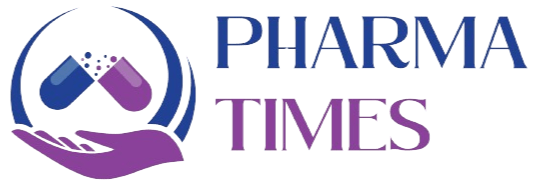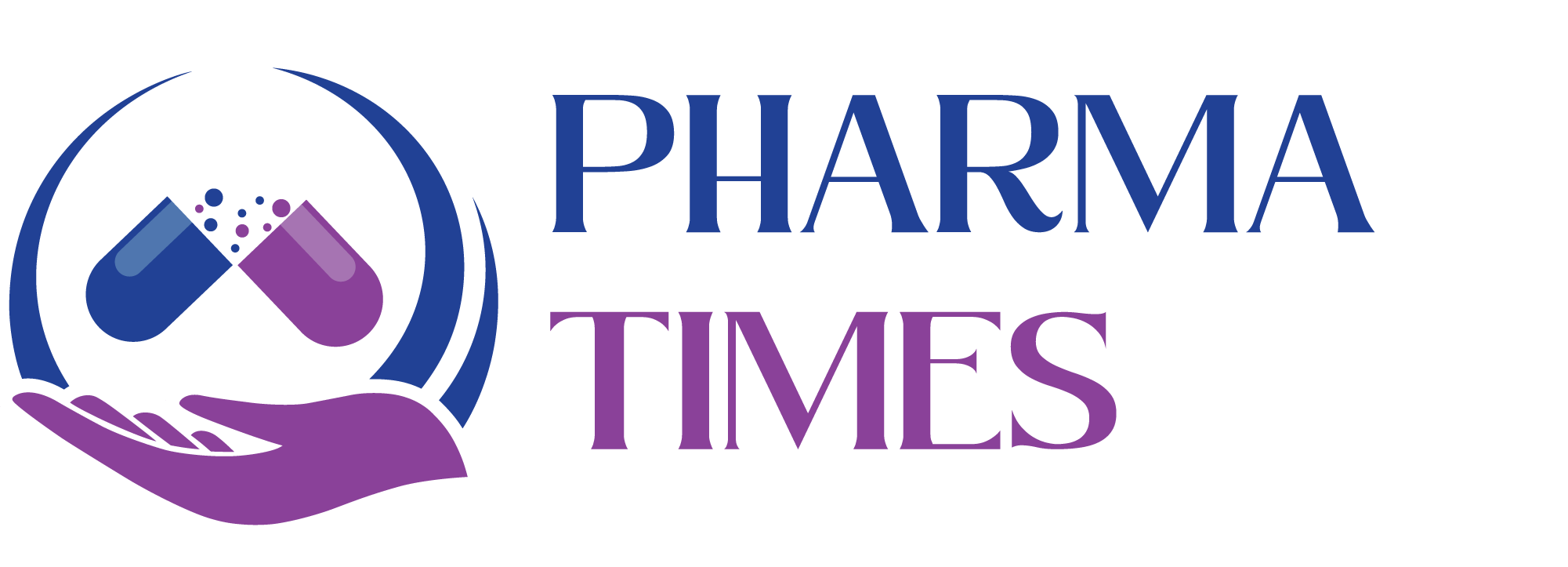What are the different types of regulatory submissions (e.g., INDs, NDAs, BLAs, PMAs)? What is the difference between NDA and ANDA?

Various types of regulatory submissions are essential in the pharmaceutical and medical device industries. These include Investigational New Drug (IND) applications for clinical trials, New Drug Applications (NDAs) for new pharmaceuticals, Biologics License Applications (BLAs) for biological products, and Premarket Approval (PMA) applications for medical devices.
Here is a more detailed overview:
Investigational New Drug (IND) Application:
This submission is made to the FDA prior to commencing clinical trials for a new drug or biological product, enabling the FDA to evaluate the drug’s safety for human use.
New Drug Application (NDA):
This application is filed to obtain FDA authorization for marketing a new drug in the United States and includes comprehensive data about the drug, including clinical information derived from IND submissions.
Biologics License Application (BLA):
This application seeks FDA approval for the commercialization of a new biological product, which encompasses items sourced from living organisms, such as vaccines, blood products, and cell therapies.
Premarket Approval (PMA):
This application pertains to Class III medical devices, which are critical for sustaining human life, play a significant role in preventing health impairments, or pose a potential unreasonable risk of illness or injury.
Abbreviated New Drug Application (ANDA):
This application is intended for generic drugs, allowing manufacturers to introduce a generic version to the market without the need for extensive clinical trials, provided they can demonstrate that their product is equivalent to the original drug.
Various types of regulatory submissions are essential in the pharmaceutical and medical device industries. These include Investigational New Drug (IND) applications for clinical trials, New Drug Applications (NDAs) for new pharmaceuticals, Biologics License Applications (BLAs) for biological products, and Premarket Approval (PMA) applications for medical devices.
Here is a more detailed overview:
Investigational New Drug (IND) Application:
This submission is made to the FDA prior to commencing clinical trials for a new drug or biological product, enabling the FDA to evaluate the drug’s safety for human use.
Difference between NDA and ANDA
New Drug Application (NDA):
This application is filed to obtain FDA authorization for marketing a new drug in the United States and includes comprehensive data about the drug, including clinical information derived from IND submissions.
Biologics License Application (BLA):
This application seeks FDA approval for the commercialization of a new biological product, which encompasses items sourced from living organisms, such as vaccines, blood products, and cell therapies.
Premarket Approval (PMA):
This application pertains to Class III medical devices, which are critical for sustaining human life, play a significant role in preventing health impairments, or pose a potential unreasonable risk of illness or injury.
Abbreviated New Drug Application (ANDA):
This application is intended for generic drugs, allowing manufacturers to introduce a generic version to the market without the need for extensive clinical trials, provided they can demonstrate that their product is equivalent to the original drug.

